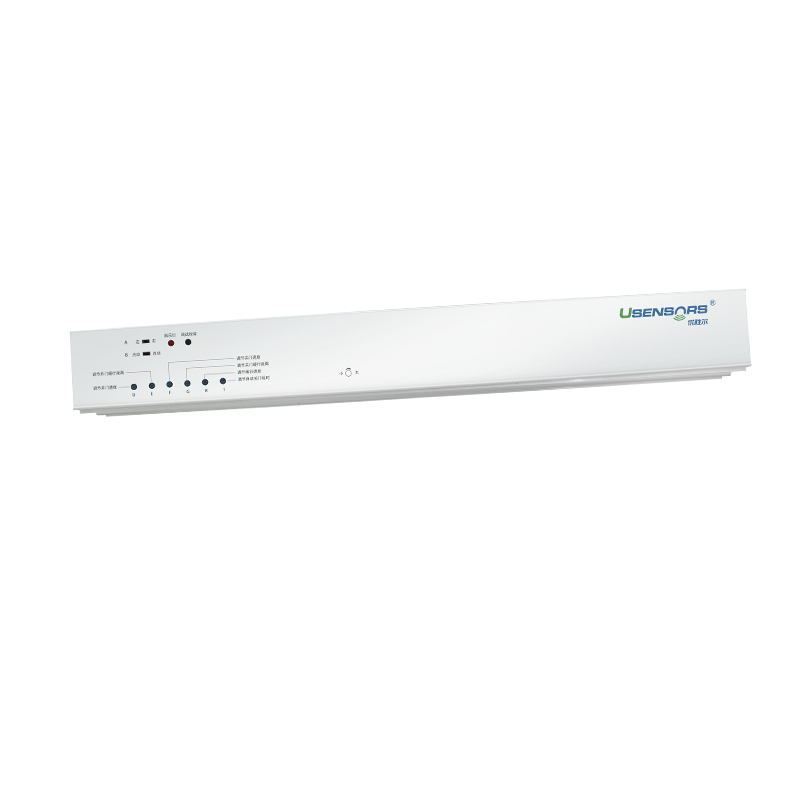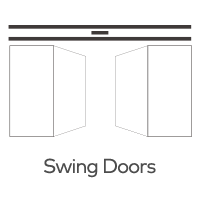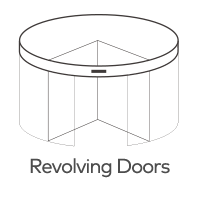How does a door controller manage emergency situations?
In today's world, ensuring safety and security is of paramount importance, especially in environments with high foot traffic. A door controller, a critical component of access control systems, plays a crucial role in managing not only regular access but also emergency situations. In this article, we will delve into how a door controller effectively handles emergency scenarios, enhancing both safety and peace of mind.

Emergency Situations and Access Control
Emergencies can range from fire incidents and natural disasters to security threats and medical crises. During such situations, quick and controlled access becomes imperative to ensure the safety of occupants and facilitate efficient response efforts. A door controller's ability to manage access in real-time and adapt to different emergency scenarios is vital.
Key Features for Managing Emergencies
1. Emergency Override: Modern door controllers often come equipped with an emergency override feature. Authorized personnel, such as security personnel or first responders, can activate this feature to temporarily bypass access restrictions, granting immediate access during emergencies.
2. Emergency Lockdown: In scenarios where there's an imminent threat, such as an active shooter situation, a door controller can trigger an emergency lockdown. This action quickly secures all accessible doors, preventing unauthorized entry and protecting occupants within the premises.
3. Fire Safety Integration: Door controllers can integrate with fire alarm systems. In case of a fire emergency, the door controller can receive signals from smoke detectors or fire alarms and automatically release electromagnetic locks, ensuring a clear exit path for occupants.
4. Door Release Mechanisms: Some door controllers allow remote door release through intercoms or security stations. This feature proves useful during medical emergencies, enabling occupants to call for assistance and have doors unlocked remotely.
5. Access Log: An access control system equipped with a door controller keeps a detailed access log. In case of an emergency, these logs can be invaluable for post-incident analysis and investigations.
6. Integration with Security Systems: Door controllers can integrate with various security systems such as video surveillance, intrusion detection, and communication systems. These integrations provide a comprehensive overview of the situation, aiding decision-making during emergencies.
7. Multi-Level Access Control: Door controllers often support multi-level access control. During an emergency, administrators can quickly adjust access privileges, ensuring that only authorized individuals have access to critical areas.
8. Duress Codes: Some door controllers allow users to input duress codes in case they are being forced to provide access. This discreet action can trigger an alarm and notify security personnel.
Conclusion
A door controller's role goes beyond everyday access management; it extends to handling critical emergency situations that require swift and controlled responses. By facilitating emergency overrides, lockdowns, fire safety integrations, and remote door release mechanisms, door controllers enhance safety and security during crises. Integration with various security systems and advanced features empowers administrators and authorized personnel to manage emergencies effectively. As technology continues to advance, door controllers are becoming more sophisticated, ensuring that occupants are protected in the face of unexpected situations.







